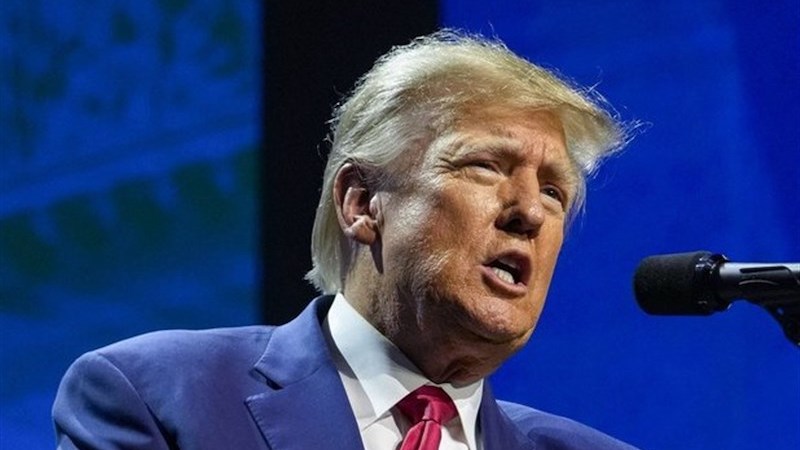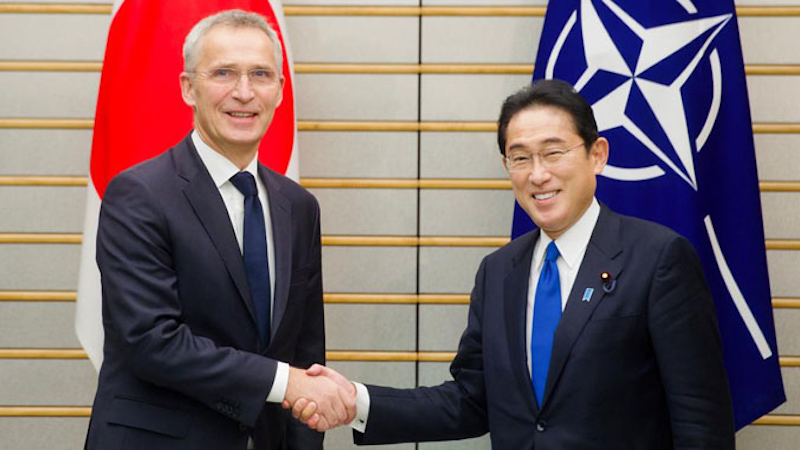By Mauricio D. Aceves
The bond between Mexico and the Middle East was born centuries ago with the first arrivals of the Ottomans and Arabs to the port of Veracruz in the Gulf of Mexico and the establishment of diplomatic ties between the Ottoman Imperium and the Persian Imperium in 1864. The “Ottoman Clock” in Mexico City’s downtown, the traces of Middle Eastern architecture found in the streets in Mérida, and the bronze-made “Lebanese Immigrant” in Veracruz are symbols of this cultural legacy. The Arab heritage in literature, arts, gastronomy and tradition is scattered across the Mexican landscape and society. In those years, diplomatic relations evolved with a calm rhythm, but the last decades have witnessed a different tempo.
The FIFA World Cup Qatar 2022 represented a prospect for cooperation between governments and agencies in Mexico and the Middle East, especially regarding tourism, trade, and connectivity, considering the commitment to border security and combatting transnational crime. The event saw the most remarkable temporary migration of Mexican nationals to the Middle East in history, with over 120,000 Mexicans visiting Doha and other cities in the region.
A year later, on February 6, 2023, the 7.8 magnitude earthquake in Türkiye and Syria was another milestone in this engagement through reinforced diplomacy and humanitarian cooperation where specialized Mexican rescue teams and aid donations were deployed to the affected areas. The Turkish Airlines flight from Istanbul to Mexico City, begun in 2019, has become Mexico’s gateway to the Middle East for tourism and economic diplomacy. Trade and investment exchanges between Mexico, Saudi Arabia, the United Arab Emirates and other countries have also blossomed. In March 2024, the value of trade with the region, in general, was almost 85% higher than in January of 2018.[1] [2]
Mexico shares a similar position as the Middle East, which has been a vital crossroads of the world, allowing the transit of goods, religions, ideas, and people over the centuries between three continents. Mexico is the bridge between the compass rose of South and North America and between the Atlantic and the Pacific, boosting the nearshoring trend and the outcome of new global rivalries that have taken root over the past two years. Ambitious projects such as the Interoceanic Corridor of the Isthmus of Tehuantepec, the Tren Maya (https://www.trenmaya.gob.mx/), have boosted the development narrative.
Thus, positioned today, Mexico has the capabilities to play a critical role in peace and stability. Mexico and the Middle Eastern and Asian countries traverse the same path. They look to position themselves regionally and develop a new geopolitical identity with high capabilities and weight on the global supply chain, connectivity, and the economic and political realm.
In this backdrop, Claudia Sheinbaum’s vision can bring new synergies with the region. The conversation on the Middle East has had political dimensions, especially regarding the Israel-Palestine conflict. In 2009, Claudia Sheinbaum, then a recognized academic and scientist, wrote in the pages of the national journal La Jornada, “Because of my Jewish origin, because of my love for Mexico, and because I feel like a citizen of the world, I share with millions the desire for justice, equality, fraternity, and peace […]”.[3] Traditionally, Mexico has supported and defended the two-state solution[4] and has a Representative Office in Ramallah. Balancing diplomatic relations and respect for human rights will be a priority and an early test of Sheinbaum’s policy towards the Middle East.
The G20 summit hosted by Brazil in mid-November will be the first opportunity to meet world leaders of Saudi Arabia, Türkiye, India, and Indonesia, among others, and introduce the new administration to the region and state foreign policy priorities. The initial interaction will include discussions on inclusion, inequality, food security, international governance, concerns that align with Mexico’s domestic interests. Additionally, as part of the Comprehensive and Progressive Agreement for Transpacific Partnership (CPTPP), the nations in the Indo-Pacific are essential partners in Mexico’s investment view.
As mayor of Mexico, Claudia Sheinbaum, a climate scientist, has been progressive, focusing on climate action, human rights, gender, and people-centric issues. As President, her values and projections will be much the same. Congruency over her career has been her greatest strength; mirroring these characteristics in the international arena will reflect Mexico’s existing foreign policy of a commitment to peace, national sovereignty and dialogue. Under Sheinbaum, the country’s global role could intensify, especially recognizing Mexico’s strategic location and security, welfare, and migration challenges.
In the following weeks, concerns about the Middle East peace process, disarmament, and non-proliferation will be present in the daily conversations in Mexico City. So far, diplomatic ties have been mainly driven by bilateral trade. Efforts will likely be made to step up and elevate this frame into free trade, complementary political, tourism, economic, and financial policies, and add scientific research, agriculture, education, culture, borders security and energy sectors as cooperation priorities.
Mexico has a Free Trade Agreement with Israel; agreements for economic and scientific cooperation and economic tourist and cultural promotion with Egypt; agreements of technical and scientific collaboration with Pakistan. It has Agreements for Reciprocal Promotion and Protection of Investments (ARPPI) with India, Kuwait, Türkiye, Bahrein, United Arab Emirates; andn technical, educative and cultural cooperation agreements with Jordan. ARPPI and several agreements related to security and combat to crime, borders and connectivity have been signed with Saudi Arabia, Türkiye, United Arab Emirates and Qatar.[5]
Rosario Castellanos, poet and Ambassador of Mexico in Israel from 1971 to 1974 and a symbol for feminism even beyond diplomacy and literature, once wrote, “The Middle East and Latin America face common perils, yet they also share similar opportunities to overcome them”.[6] The new leadership of Claudia Sheinbaum is aware of this, and a new chapter for Mexico and the Middle East is about to start.
- About the author: Mauricio D. Aceves is an advisor for security and border issues at STRATOP Risk Consulting and an author in Foreign Affairs Latin America on contemporary Middle East and Central Asia issues.
- This article was written for Gateway House: Indian Council on Global Relations.
References
[1] Secretaría de Turismo, “Operación Toca Puertas en Estambul detonará el turismo de Turquía y otras regiones a México”, Secretaría de Turismo, April 25, 2024. https://www.gob.mx/sectur/prensa/operacion-toca-puertas-en-estambul-detonara-el-turismo-de-turquia-y-otras-regiones-a-mexico?idiom=es#:~:text=En%202023%2C%20llegaron%20a%20México,el%20gasto%20registrado%20en%202019.
[2] Secretaría de Economía, “Data México”, Secretaría de Economía, June 19, 2024. https://www.economia.gob.mx/datamexico/es/profile/geo/mexico?inegiMonths=201801
[3] Claudia Sheinbaum Pardo, “Salvar al mundo que hoy se llama Gaza”, La Jornada, January 12, 2009. https://www.jornada.com.mx/2009/01/12/index.php?section=opinion&article=002a2cor
[4] United Nations, “Aerchive: Mexico and the question of palestine”, United Nations, june 17, 2024. https://www.un.org/unispal/country/mexico/
[5] Secretaría de Relaciones Exteriores, “Tratados Celebrados por México”, Secretaría de Relaciones Exteriores, June 19, 2024. (https://cja.sre.gob.mx/tratadosmexico/buscador?keywords=&category_id=&theme_id=&country_id=151&organization_id=)
[6] Centro de Estudios Internacionales Gilberto Bosques, “Rosario Cstellanos: un esfuerzo diplomático de acercamiento cultural entre México e Israel”, Centro de Estudios Internacionales Gilberto Bosques, February 24, 2017. ( https://transpadmin.senado.gob.mx/analisisinvestigacion/monitor/ni-240217-rosario-castellanos/viewdocument)




